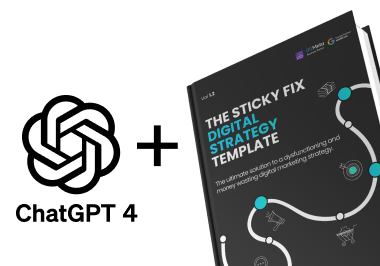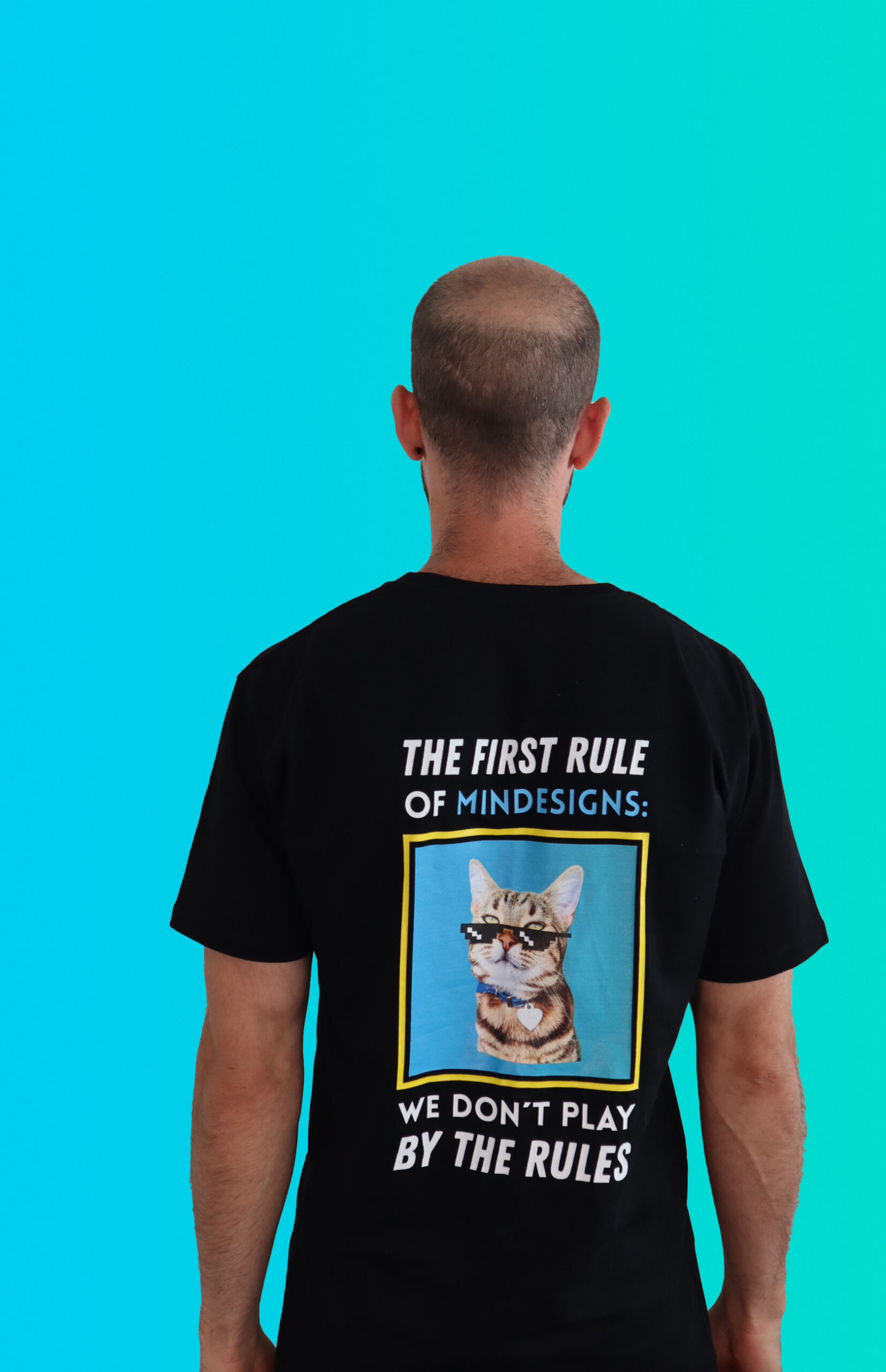Businesses are popping up everywhere, and it is becoming increasingly important to connect with customers on a deeper level. Studies show that 70% of consumers are more likely to recommend a brand that shares their values or made a significant impact on them.
This is why consumer impact marketing needs to be a significant part of your digital marketing strategy, particularly with the younger Generation Z and Millennials, who are more socially and environmentally aware.

What is Consumer Impact Marketing?
Consumer Impact Marketing (CIM) is a marketing approach that goes beyond the traditional product-centric strategy. So, what is the difference between the two methods?
Traditional marketing is focused on driving sales by bombarding consumers with all the good things about their brand and product (features, benefits) and spending money on flashy commercials to drive sales.
CIM, on the other hand, prioritises building relationships and creating value for customers. The driving force of this strategy is understanding your consumers’ needs and aspirations. Instead of just selling a product, CIM focuses on consumer brand perception to make a lasting and positive impact.
This could involve supporting environmental causes, promoting social justice initiatives, or fostering a movement/community around the brand. Through CIM, a business CIM can create more meaningful and long-term consumer relationships.
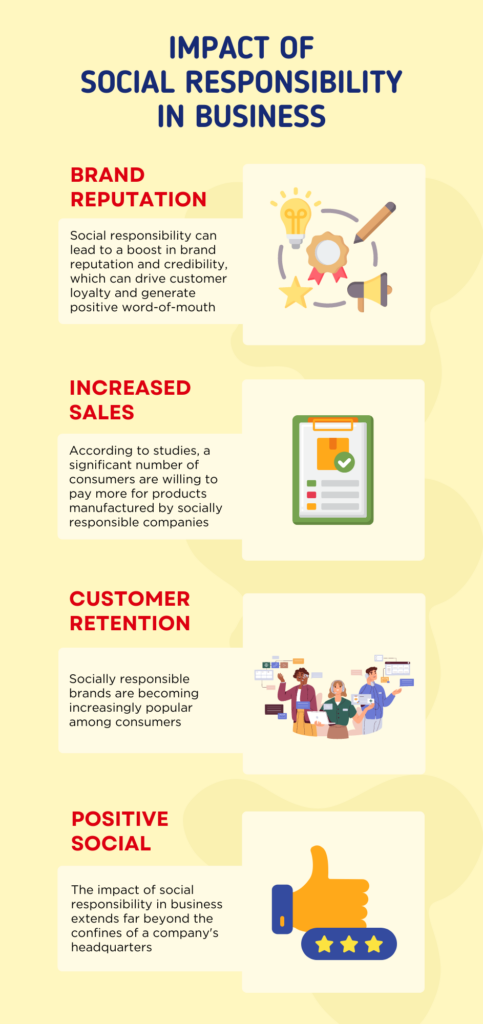
Examples of Businesses that Focus on Consumer Impact Marketing
Consumer impact marketing is not a one-size-fits-all strategy. There are as many ways you can leverage CIM as many brands and products worldwide. However, here are three businesses that excelled with their CIM approach:
Dove “Real Beauty”

Dove’s “Real Beauty” campaign in 2004 challenged unrealistic beauty standards by featuring women of all shapes, sizes, and ethnicities. The campaign promoted self-esteem and body confidence that resonated deeply with its vast audience.
This led to the brand’s social engagement and a spike in partnerships with organisations that continue to empower women’s natural beauty to this day.
TOMS “One for One”
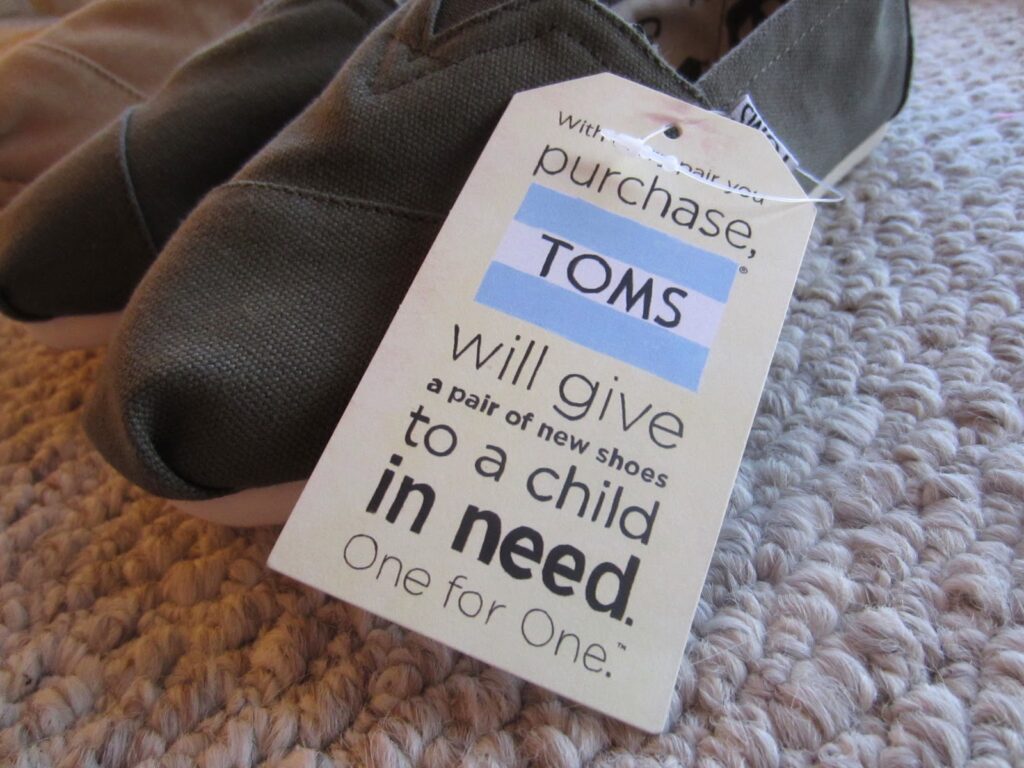
Iconic shoe company TOMS built its brand on giving back. Their “One for One” model promises that for every pair purchased, another new pair is donated to a child in need. This social impact mission is woven intricately into the fabric of the brand’s identity.
They use storytelling to highlight the lives they have touched through their initiative, fostering a sense of community and higher purpose among their customers who, through them, contribute to a positive social change.
Nike “Just Do It”

Nike’s “Just Do It” campaign is a powerful example that transcends products. While the company sells athletic wear, its marketing messages often tap into empowerment, perseverance, and social justice.
The brand’s support for athlete Colin Kaepernick’s kneeling protest against racial injustice sparked controversy in the media but resonated with a generation passionate about social change. By aligning with its customers’ values, the brand stood for more than just athletic performance.
WGAC — “Uncrap the World”

Who Gives A Crap toilet paper goes beyond providing a basic product by prioritising improving sanitation access and minimising environmental impact. WGAC donates 50% of its profits to build toilets in developing countries and tackles a critical sanitation issue to foster healthier communities.
Their website also showcases the positive change they create, so they have been steadily building trust and connection with their eco-conscious customers.
Understanding Consumer Behaviour for Impact
Successful consumer impact marketing lies in understanding your target market on a deeper level—that is, it’s not just about demographics; it’s also about uncovering their values, aspirations, and causes that they care about.
Here’s where consumer behaviour research comes in. Think of it as gathering clues about your target market to connect with it on a deeper level.
- Design surveys to directly ask your target audience about their values, concerns, and social causes they support.
- Dive into social media conversations to see what topics your target market is passionate about and what causes they are engaging with.
- Create detailed buyer personas for your ideal customers, including their values and social consciousness, to help visualise your target market and tailor your message accordingly.
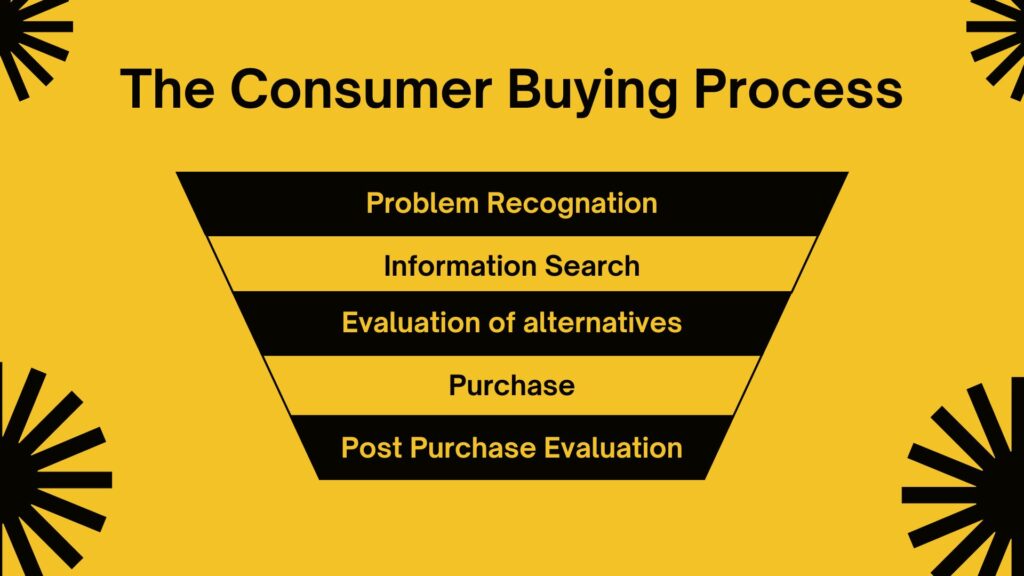
The data you collect paints a picture of your target market’s values and concerns, allowing you to identify impactful causes that truly matter to them. By understanding your target market’s values, you can create a message that speaks directly to them across all your channels.

Moreover, by gauging your consumer sentiment and engagement, you can measure your brand’s impact and redefine your strategies.
Successful CIM is an ongoing conversation that you have to be a part of to continuously be part of an ongoing conversation about your audience and their evolving values and build a brand that resonates with purpose-driven consumers.
Leveraging Consumer Impact Marketing for Your Business
Consumer Impact Marketing is not just a trend; it is also practically a psychological strategic shift that resonates with today’s purpose-driven consumers. But how can businesses leverage this concept and translate it into actionable strategies? Here are some suggestions:
Align with a cause you care about
Identify a cause that aligns with your brand values and resonates with your target audience. You can focus on social issues, environmental sustainability, or community development.
Dove, for instance, focuses on showing different kinds of beauty in a world with unachievable beauty standards. Dove showed that beauty comes in all sizes and colours, and their products are for everyone to use.
Integrate purpose throughout the customer journey
Showcase your commitment to the cause through your entire business model, like using sustainable materials, ethical sourcing practices, or volunteer programs.
TOMS exemplifies this strategy by integrating its social impact. They directly state that a new pair of shoes is donated to a child in need with every pair of shoes purchased. The company’s commitment is evident through its marketing efforts and customer experience.
Tell your story to create positive change
Share impactful stories that showcase the positive change your business is creating. You can opt for case studies, customer testimonials, or behind-the-scenes content.
Nike uses this strategy through its inspiring athlete campaigns, showing how athletes overcome challenges and achieve greatness while leaving behind a message for customers to pursue their own goals.
Empower your customers to be changemakers
Create opportunities for your customers to participate in your social initiatives, whether through donation programs, volunteer opportunities, or educational campaigns.
Australian toilet paper company Who Gives A Crap? empowers their customers by offering to donate and share a program where their customers can donate a pack of toilet paper to someone in need, making them feel that they are contributing to a larger cause simply by choosing the product.
Leverage exclusive offers to drive positive impact
Incentivising your customers to support your social impact initiatives can start with limited-edition products or events, with a portion of the proceeds going to a cause.
Outdoor apparel company Patagonia, for instance, is known for its environmental activism and offers exclusive experiences like guided hikes or climbing trips to customers who participate in its volunteer events. This incentivises them to take action for a cause they care about while also creating a memorable brand experience for them.
The experience that comes with volunteering efforts can be a great strategy when positioned correctly. However, the key is to ensure that consumers contribute to a broader positive impact that aligns with what your brand is striving for.
Building Emotional Connections with Consumers
Consumer impact marketing creates a sense of trust, belonging, and shared values by building emotional connections through storytelling and focusing on relatable content. These stories humanise the brand and resonate with its consumers’ values and aspirations.
Imagine a pet food company that also champions animal rescue. They could create a series of videos featuring heartwarming stories of adopted pets to showcase the joy they bring to their new families.
This type of content connects the brand with viewers on an emotional level, regardless of whether or not they need pet food at the moment. It also positions the brand as caring and compassionate, which wins over animal lovers.
Personalisation happens by responsibly leveraging customer data: brands can tailor their marketing messages to individual needs and preferences. This approach fosters a sense of value, making consumers feel they are more than just a transaction.
Finally, a positive customer experience helps build the brand’s advocacy. At every touchpoint, from the initial website to post-purchase interactions, customers expect a seamless and positive experience. CIM recognises this and encourages brands to prioritise customer service to show commitment to their target market.
By creating emotional connections, leveraging personalisation, and prioritising customer experience, brands become empowered to build lasting relationships, turning their customers into loyal advocates who believe in their products and purpose.
Summary
Consumer impact marketing is a strategy that prioritises building relationships and creating value for customers. It involves understanding your target market’s values and aligning your brand to the causes they care about, like Dove’s “Real Beauty” campaign, TOMS’ “One for One” model, Nike’s “Just Do It” message, and Who Gives A Crap’s advocacy for access to sanitation.
Businesses can leverage the use of CIM by:
- Identifying a cause that resonates with their target audience.
- Integrating their purpose in the customer journey.
- Sharing stories about creating positive change.
- Empowering customers to participate in social initiatives and activities.
- Building emotional connections through storytelling and personalisation.
Through brand advocacy, CIM helps businesses build trust and fosters a sense of belonging.
CIM functions optimally when seamlessly integrated into a pre-existing marketing strategy, enhancing its effectiveness by aligning with consumer values and societal goals.

